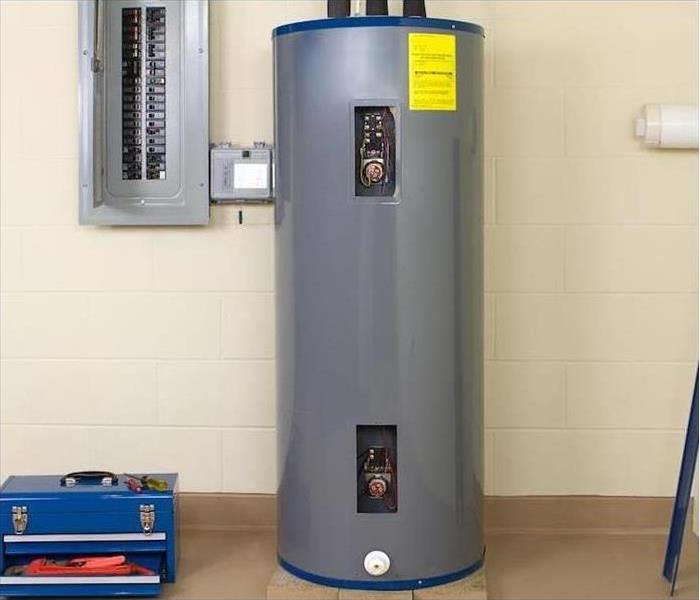Avoid Water Damage by Maintaining Your Plumbing Ecosystem
11/25/2019 (Permalink)
 Periodic maintenance of your plumbing system and the appliances connected to it will help prevent a water disaster at your home.
Periodic maintenance of your plumbing system and the appliances connected to it will help prevent a water disaster at your home.
We often take our home plumbing systems and the appliances connected to them for granted, as they work efficiently through the years. But when something goes wrong, you can experience a major and costly water disaster. Tend to these four areas of your plumbing ecosystem periodically to help prevent that happening in your home.
1. Prevent plumbing system failures
- Call a professional if you notice signs of a plumbing problem—an increased monthly water bill, banging pipes, rust stains, moisture in the walls or on the floor and signs of wet soil erosion near the foundation. If caught early, you can prevent many thousands of dollars of water damage.
- If your home’s sewer system is connected to the city’s sewer system—a particular problem for older homes—or if you are located downhill or below street level, contact a plumbing professional to install a backflow prevention valve into your sewer system.
- Never pour grease down the drain.
2. Inspect and maintain your water heater
- Inspect your anode rod every two years (or every year once the warranty has expired) and replace it if needed.
- Flush the water heater tank every six months to remove sediment by attaching a garden hose to the valve at the base (first turn off the power and run hot water until it is cool).
- Annually, hire a plumbing professional to inspect the water heater, including the shut-off valve and all piping. Broken valves, loose or wet joints and rust are signs of impending failure.
3. Maintain washing machine supply lines
- Each month, inspect your hot and cold washing machine supply lines. Look for signs they may be ready to fail—blisters in the hose, worn tubing, stress cracks or loose connections.
- Replace the supply hose with a reinforced steel braided hose if it shows any sign of wear.
- Tighten the connection if it feels loose. The most common site of failure is near the connection where the hose bends.
- Replace supply hoses with reinforced steel braided hoses every five years, even if there is no obvious deterioration or wear.
4. Prevent toilet failure
- After you flush, wait for the valve to completely finish refilling the tank and bowl. If an overflow looks imminent, lift off the tank cover and lift the float to shut off water flow to the tank, then reach down and close the supply valve.
- Twice a year, inspect a toilet’s components, such as the fill, supply and flush valves, and the supply line. Make sure you can turn off the supply. Replace older screw-type valves that are leaky or hard to turn with simpler ball valves that are easy to shut off quickly.
If your home or business suffers a flood, call SERVPRO of West Hartford today at 860.206.6141 for immediate water damage cleanup and restoration of your structure and property
We’re Here for You
The team at SERVPRO of West Hartford has specialized training and experience in water damage remediation, fire restoration services, natural disaster prevention, chemical cleanup, and natural disaster cleanup. Call SERVPRO of West Hartford (860.206.6141) any time.
Other Helpful Blog Posts
SERVPRO publishes educational articles on how to protect your home or business from disasters and how to deal with water, sewage, storm, mold, fire and other damage.
SERVPRO of West Hartford
100 Peters Road, Bloomfield, CT 06002
IICRC Certified
Ralph DiCristofaro
Certified SERVPRO technicians
Call 860.206.6141
24-hour emergency service
If your home or business suffers a flood, call SERVPRO of West Hartford today at 860.206.6141 for immediate water damage cleanup and restoration of your structure and property






 24/7 Emergency Service
24/7 Emergency Service